The scalp can get irritated when it is dry, which causes it to shed. It is a similar condition for dandruff, which makes skin cells shed due to buildups caused by excess oil.
The flakiness of the scalp is misunderstood with dandruff because they both shed particles. When it comes to the dry scalp vs dandruff condition, you should know the differences so you know how to properly rid of it and get healthy hair.
Flaky hair can be embarrassing as it sheds on your body and clothes. Both conditions are not so serious but the itchiness that comes with them is uncomfortable. Before you can spot the differences, you should know what causes these hair conditions.
What is the cause of a dry scalp?
The scalp becomes dry when it is dehydrated, which makes it itchy till it starts to scrape off. Factors such as extreme cold or dry weather conditions and reaction to hair care products may cause your scalp to be dry. People with dry skin on other parts of the body are likely to have a dry scalp.
What causes dandruff?
Dandruff is caused by a condition called “seborrheic dermatitis” that makes the skin of the scalp oily. This makes it form white or yellowish dandruff scales. It can occur wherever oil glands are located in the body including the nose and groin.
Although seborrheic dermatitis is the main cause, the “Malassezia” fungus can also trigger dandruff flakes. They live naturally on the scalp, but when they become too many due to stress and hormones, it causes the skin cells to build up more than usual, which will lead to shedding.
Dry scalp vs dandruff: The differences
If you are one of those people that call any shedding of the scalp dandruff, below are ways you can spot the differences between the two scalp conditions.
Appearance: the first way to tell the two apart is by how it looks. Dandruff flakes are oily and maybe bigger. For a dry scalp, the flakes look like small white crusts due to a lack of oils.
The moisturizer test: apply a thin coat of moisturizer to your scalp at night. In the morning, wash your hair. If the flakes wash off, then you have a dry scalp. However, if you find them afterward, then they are dandruff flakes.
View this post on Instagram
Touch the scalp: dandruff gives visible greasy hair with a red scalp. The scalp will feel dry to the touch, as the name implies when you have a dry scalp.
If you’re not quite convinced of the condition you may be having, you can always visit the doctor for a proper diagnosis.
Treatment
Keeping your hair clean always helps to reduce buildups that might lead to flakiness. Between the two conditions, a person with a dry scalp needs more nourishment and tender loving care, while dandruff needs extra care because it cannot be cured, only managed in order to reduce the flakes and itching.
Dry scalp
Scheduled steam scalp treatment at the saloon will help hydrate your hair. Wash your hair with shampoo that is gentle on the scalp, but don’t wash too often. Afterward, apply a moisturizing conditioner then allow the hair to soak it in before washing.
You can also apply a leave-in conditioner for extra moisture. Alcohol-based hair care products should be avoided as they get rid of oils, which you should be trying to preserve.
Improving the air in your home can help lock in hair moisture. Investing in a good humidifier is probably what you need to improve the condition of your scalp.
View this post on Instagram
Dandruff
First, the fungus that causes dandruff needs to be killed off. So, you will require shampoos and creams that can help reduce their growth.
Use antifungal shampoos that contain pyrithione zinc and selenium sulfide to wash your hair. They kill fungi and reduces the shedding of the skin cells. Brands like Head and Shoulders offer a gentle product you can use every day.
An alternative is a tar-based shampoo since coal tar is known to reduce excess growth and of scalp skin cells. Be careful when using such a product because it can change the color of the hair. You can also apply hair creams that contain ketoconazole as they are antifungal, which means they kill fungus. They can easily be purchased over-the-counter.
Some medical experts advise tackling the problem from the insides, with omega 3 drugs which will help stabilize oil production. Intake of vitamin D supplements is also recommended to help reduce the growth of the scalp skin cells.
Conclusion
When next you notice flakiness on your scalp, you can avoid using the wrong products which might worsen the scalp condition. Better yet, we hope your knowledge on dry scalp vs dandruff has been updated. There are many hair treatments to help rebalance the health of your scalp.
You might have to try different products before settling on what works best for the skin of your scalp. Do not relent on maintaining healthy hair. Your mane deserves the extra care to be hair goals worthy.

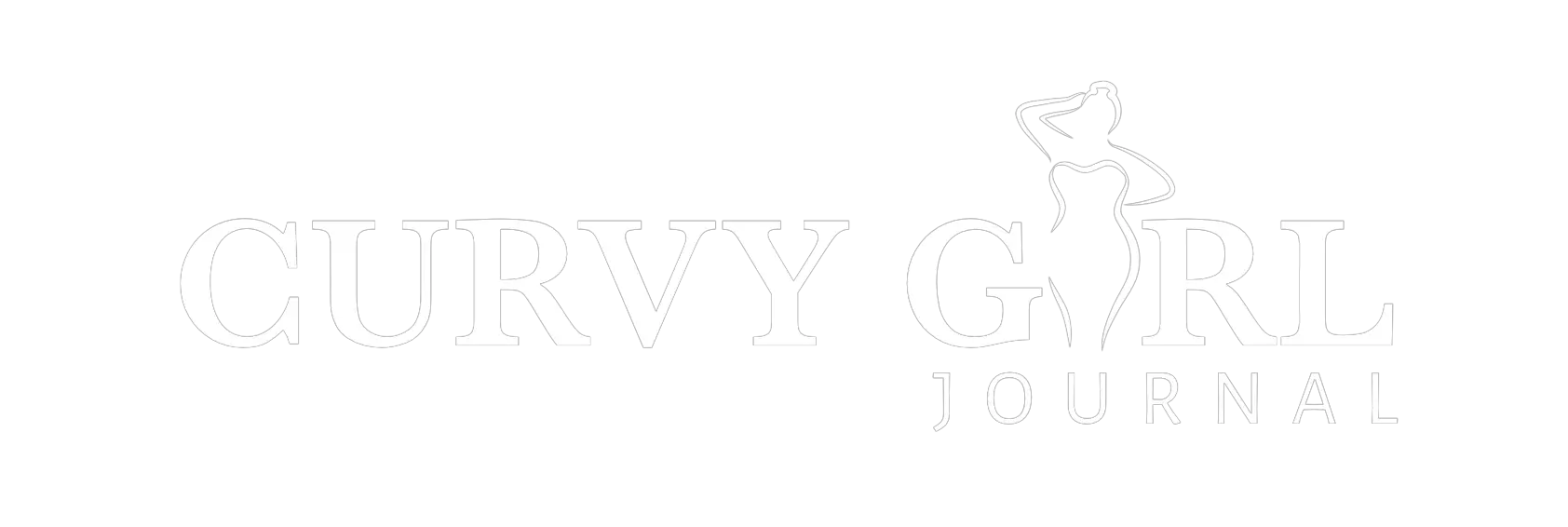





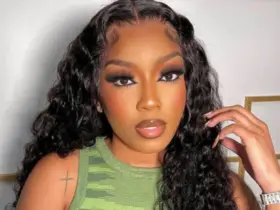



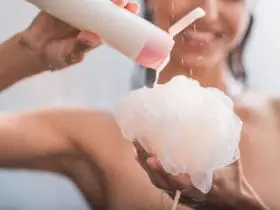


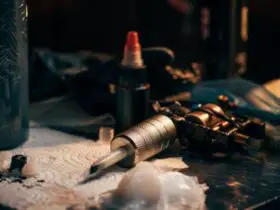


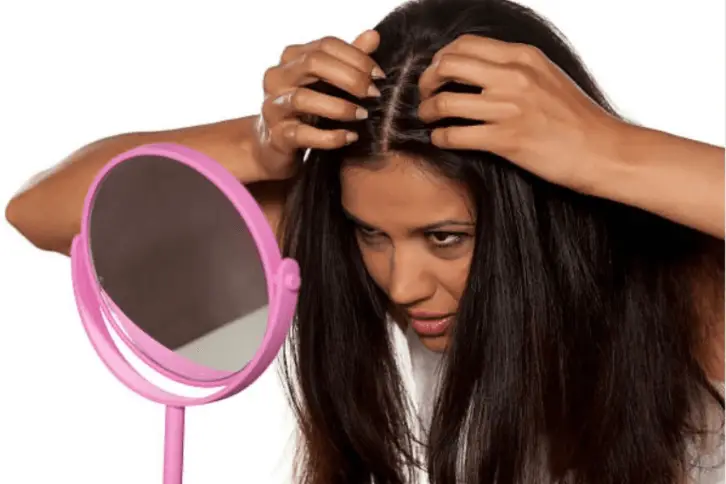

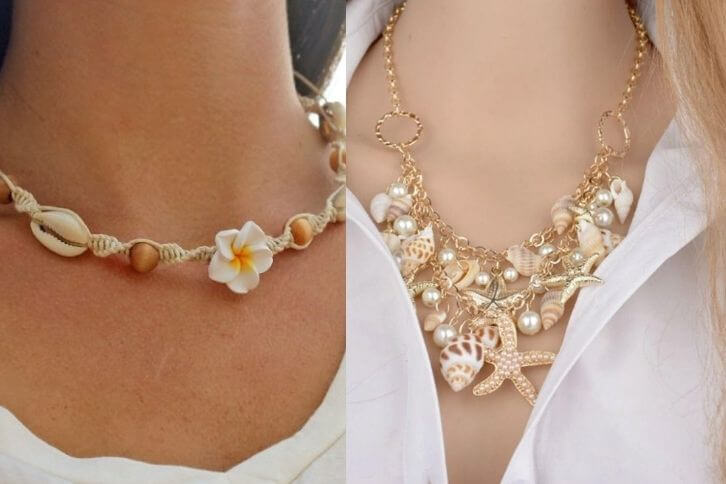
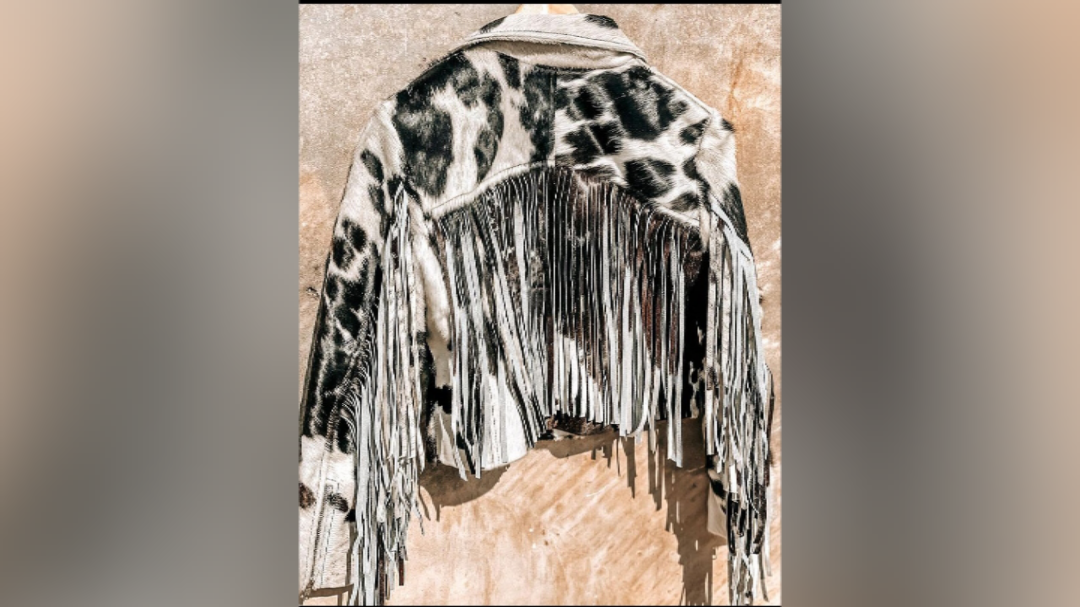
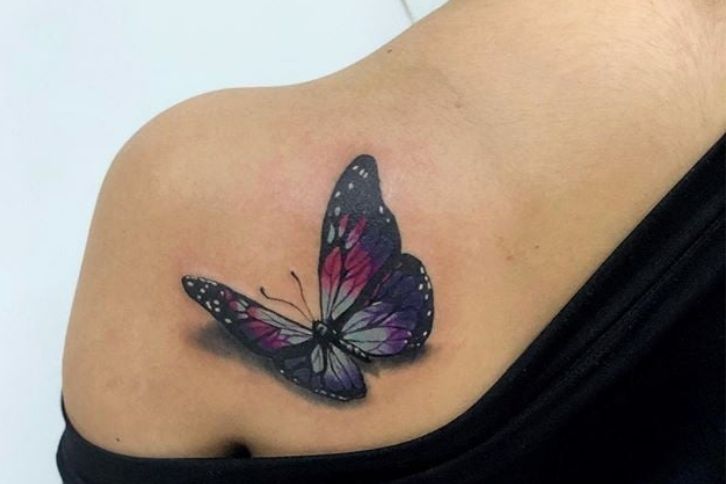
About Me
Fashion & Beauty Enthusiast
Hi, I'm Fanti. I'm a fashion, beauty, and lifestyle enthusiast, and the ultimate curves queen. Here, I share beauty, fashion, and lifestyle tips to teach, inspire, and give confidence to all women.